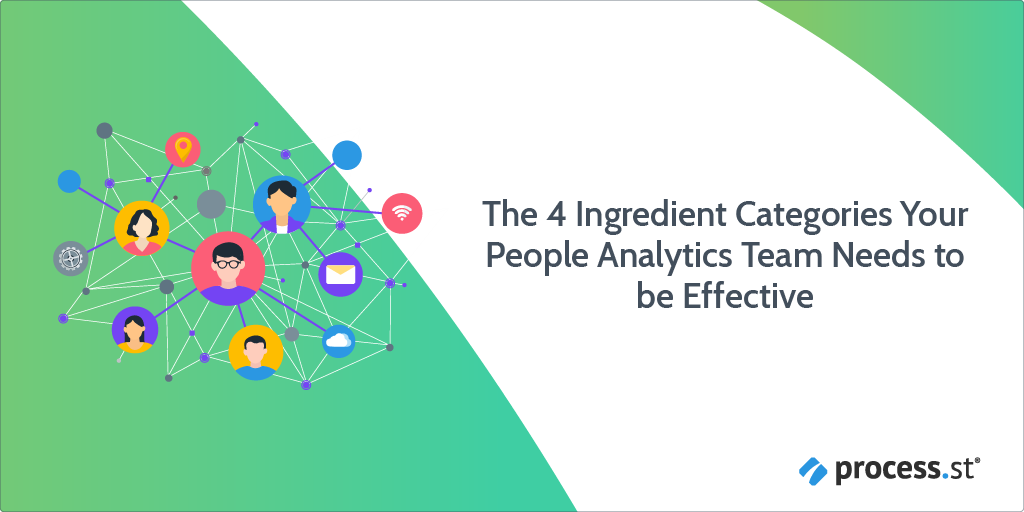
Kevin Elliott is a Marketing Manager for NiceJob, a platform that helps businesses collect and share customer reviews to improve their reputation and leverage it to increase sales and drive growth. He enjoys writing about business tips, workflow management, digital marketing, and customer experience. He has a cute puppy named Karl.
SaaS businesses and B2B sellers face unique challenges across the business landscape. You have to deal with long sales cycles and supposedly fickle buyers with multiple stakeholders who need to comply with internal policies—barriers unknown to many small, B2C businesses. But it’s exactly these circumstances that make tried-and-true techniques from consumer marketing so valuable for SaaS brands.
Think about it – getting a lead to book a demo or convert on a landing page, let alone actually buy, ultimately comes down to one thing: trust. In other words, are you a trustworthy brand?
All buyers, at the end of the day, are human. B2B buyers of enterprise software carefully evaluate SaaS providers for a reason: they want to feel like they can trust you. And there’s no better indicator of trust than leveraging social proof – the act of using client data, feedback, reviews, or sentiments – to your advantage to gain the trust of leads. So it’s no surprise that social proof is incredibly valuable to B2B companies.
Clearbit – one of the world’s largest marketing-data companies – added a testimonial to their landing pages and increased conversions by 84%!
In this Process Street article, you will learn all about what social proof is, what its benefits are, and some examples of social proof for SaaS businesses to help your company take off to new heights!
- So what is “social proof” exactly?
- The benefits of social proof marketing for SaaS companies
- 4 tips to jumpstart your social proof marketing strategy
Let’s dive in!
Continue Reading







 Workflows
Workflows Forms
Forms Data Sets
Data Sets Pages
Pages Process AI
Process AI Automations
Automations Analytics
Analytics Apps
Apps Integrations
Integrations
 Property management
Property management
 Human resources
Human resources
 Customer management
Customer management
 Information technology
Information technology



 Teams are like families.
Teams are like families.  The fact is, though, you can’t force psychological safety; it has to be something you create organically – as a team. Not everyone’s sense of safety will be the same, and more significantly, each person may not be able to explain exactly why or why not they feel safe in a particular group or situation.
The fact is, though, you can’t force psychological safety; it has to be something you create organically – as a team. Not everyone’s sense of safety will be the same, and more significantly, each person may not be able to explain exactly why or why not they feel safe in a particular group or situation.



 During Sicily’s summer heatwave,
During Sicily’s summer heatwave, 

 Every company needs HR, but not every company needs an HR department.
Every company needs HR, but not every company needs an HR department.